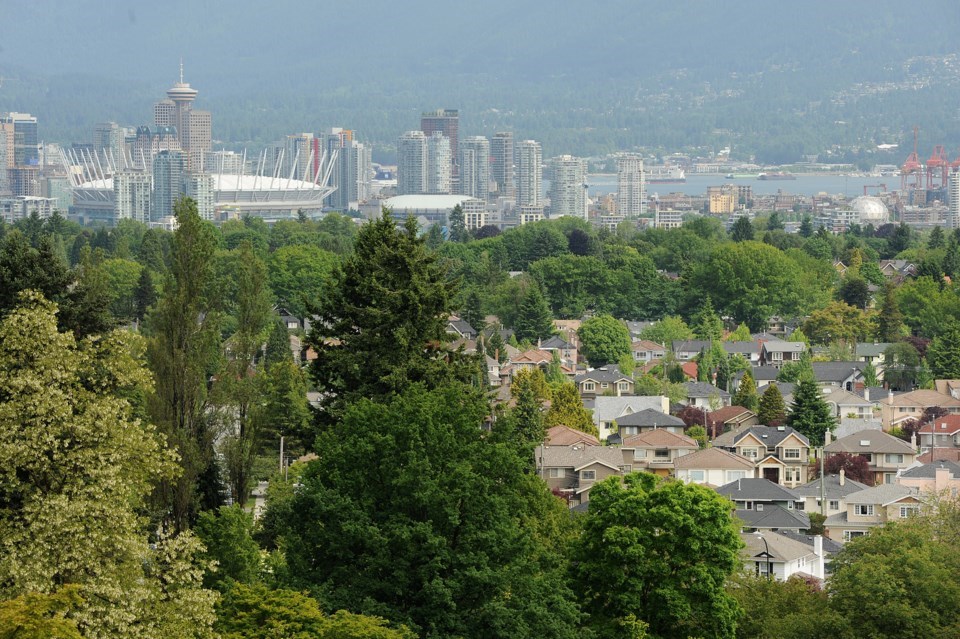What is that smell outside?
Where is it coming from?
Questions that don’t always immediately have answers.
But new research out of the University of B.C. has provided insight to how often people are reporting bad smells — and what type of smell — in the Metro Vancouver region.
Using data from the SmellVan app, researchers analyzed 549 reports from people who logged in to the app between December 2020 and December 2021 to record their experiences, including the effect a smell was believed to be having on their health.
Headaches, dizziness and difficulty breathing were mentioned.
Amanda Giang, senior study author and assistant professor in UBC’s department of mechanical engineering and the Institute for Resources, Environment and Sustainability, told the university’s news site that such findings were a concern.
“The reports illustrate how odours can be more than just a nuisance — they can impact physical and mental health, well-being and quality of life,” said Giang, who was one of several researchers whose work was published recently in the Environmental Research: Health journal.
Four municipalities — Vancouver, Delta, Burnaby and Richmond — were identified as the most common areas in the region for recorded bad smells, with animal processing, fire smoke, garbage, compost, sewage, wastewater treatment, farming and cannabis cultivation among the complaints.
More specifically, Vancouver saw a disproportionately large number of smell reports related to suspected animal processing (95 per cent). Complaints in Delta centred on garbage and compost (58 per cent), cannabis (73 per cent) and farming (60 per cent).
For many years, odour complaints in Vancouver have been linked to a processing plant on the northeast side of the city, with the smell more noticeable in the hot summer months.
'Pungent vinegar death'
In many cases, app users used “rich and evocative language” to describe their odour experiences, according to the study’s authors.
“For instance, one user writes, ‘rotting waste, garbage cheese, pungent vinegar death, fresh vomit,’” said the authors, noting “rotten” and “chemical” accounted for about 65 per cent of submissions. “Burning” accounted for 16 per cent of the reports.
What app users did to combat the smell runs the gamut.
“Ventilation and air cleaning (43 per cent), gone inside (26 per cent), making a complaint (15 per cent) and stopped exercising outdoors (10 per cent) are the most reported actions, with other actions, such as smell-masking (e.g. adding a pleasant fragrance) accounting for less than five per cent each,” the study said.
“Users also report long-term avoidance of odorous areas (one per cent of the reported actions), such as ‘moved away’ or ‘going to a distant part of the city to go for a walk’ — significant life changes to avoid odours.”
The study demonstrated the value of crowd-sourced science-based odour reporting, with the authors suggesting it could complement traditional air pollution monitoring.
Concerns, however, are that citizen and community science data collection often has biases, including the underrepresentation of racialized and minority communities, or both, and the overrepresentation of certain age and gender groups.
Researchers found that up to 25 per cent of users of the SmellVan app did not report their age, financial status, chronic health condition, or racial/minority status. For those who did, the age group 30 to 49 was overrepresented and only 16 per cent of app users belonged to a racialized/ethnic minority group.
More women (64 per cent) reported smells than men (36 per cent).



